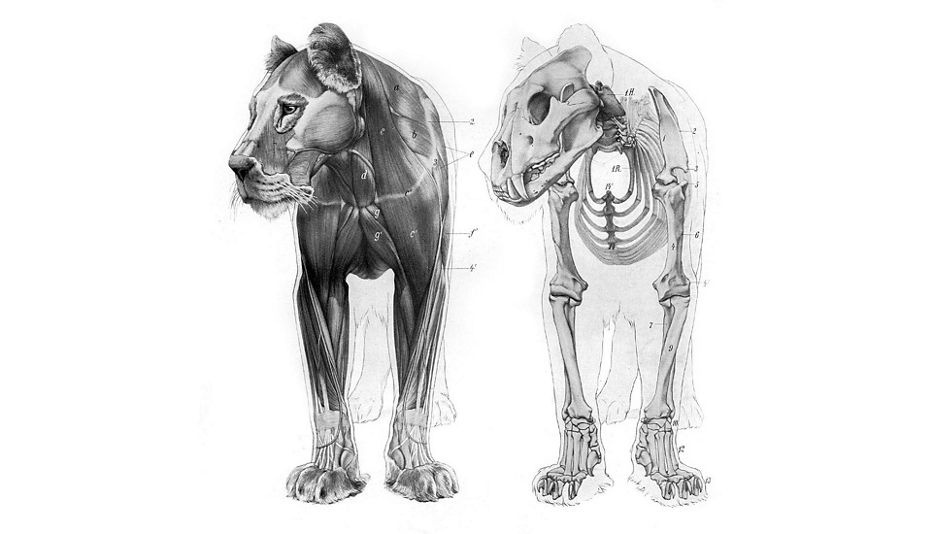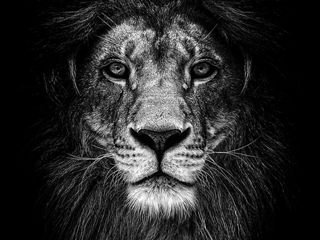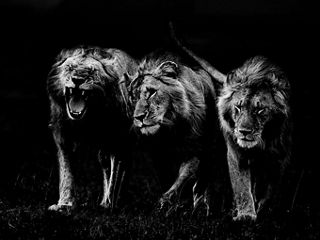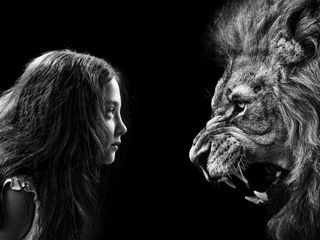About lions
Lions today, are lions endangered?
The lion is the iconic, historical and impressive symbol of power and confidence. Whoever thought that this majestic animal would become an endangered species? The lion has been listed as an endangered species on the IUCN Red List since 1996 because populations in African countries have declined by about 43% since the early 1990s. Approximately 93% of wild-lion populations have been killed or died over the last 50 years. Loss of habitat and conflicts with humans are great causes for concern. The total number declined to less than 20,000 globally. Concerned experts fear that the lion will disappear within the next two decades if action is not taken.
Lions in captivity
Seeing the lion being exploited in a circus or being kept in limited spaces in zoos is hard to tolerate. Experts estimate that up to 2,000 lions per year are hunted in so called canned hunting - hundreds of these lions are raised in special camps just for this purpose. That’s why we use part of our story-telling to make people aware of this drama and to support those who fight with confidence for freedom, respectful treatment and a spacious natural habitat.
Anatomy
Wikipedia says: The lion (Panthera leo) is a species in the family Felidae (cats); it is a muscular, deep-chested cat with a short, rounded head, a reduced neck, round ears, and a hairy tuft at the end of its tail. The lion is sexually dimorphic; males are larger than females with a typical weight range of 150 to 250 kg (330 to 550 lb) for the former and 120 to 182 kg (265 to 400 lb) for the latter. Male lions have a prominent mane, which is the most recognizable feature of the species. A lion pride consists of a few adult males, related females and cubs. Groups of female lions typically hunt together, preying mostly on large ungulates. The species is an apex and keystone predator, although they scavenge when opportunities occur. Some lions have been known to hunt humans, although the species typically does not.

History of depiction
The king of the animals – a phrase not only coined since Disney’s epic animation movie but for centuries. Depictions of lions were prominent in the Upper Paleolithic period. Paintings from the Lascaux and Chauvet Caves in France date back to 17,000 years ago, and depictions have occurred in virtually all ancient and medieval cultures. The lion is one of the most widely known animal symbols in human culture. It appears in sculptures, paintings, flags, contemporary films, literature, and as a religious symbol. Kept in menageries since the time of the Roman Empire and sought as key species for exhibition in zoological gardens across the world since the late 18th century.
.jpg?wid=950)
Lions painted in the Chauvet Cave. This is a replica of the painting from the Brno museum Anthropos. The absence of the mane sometimes leads to these paintings being described as portraits of lionesses.


